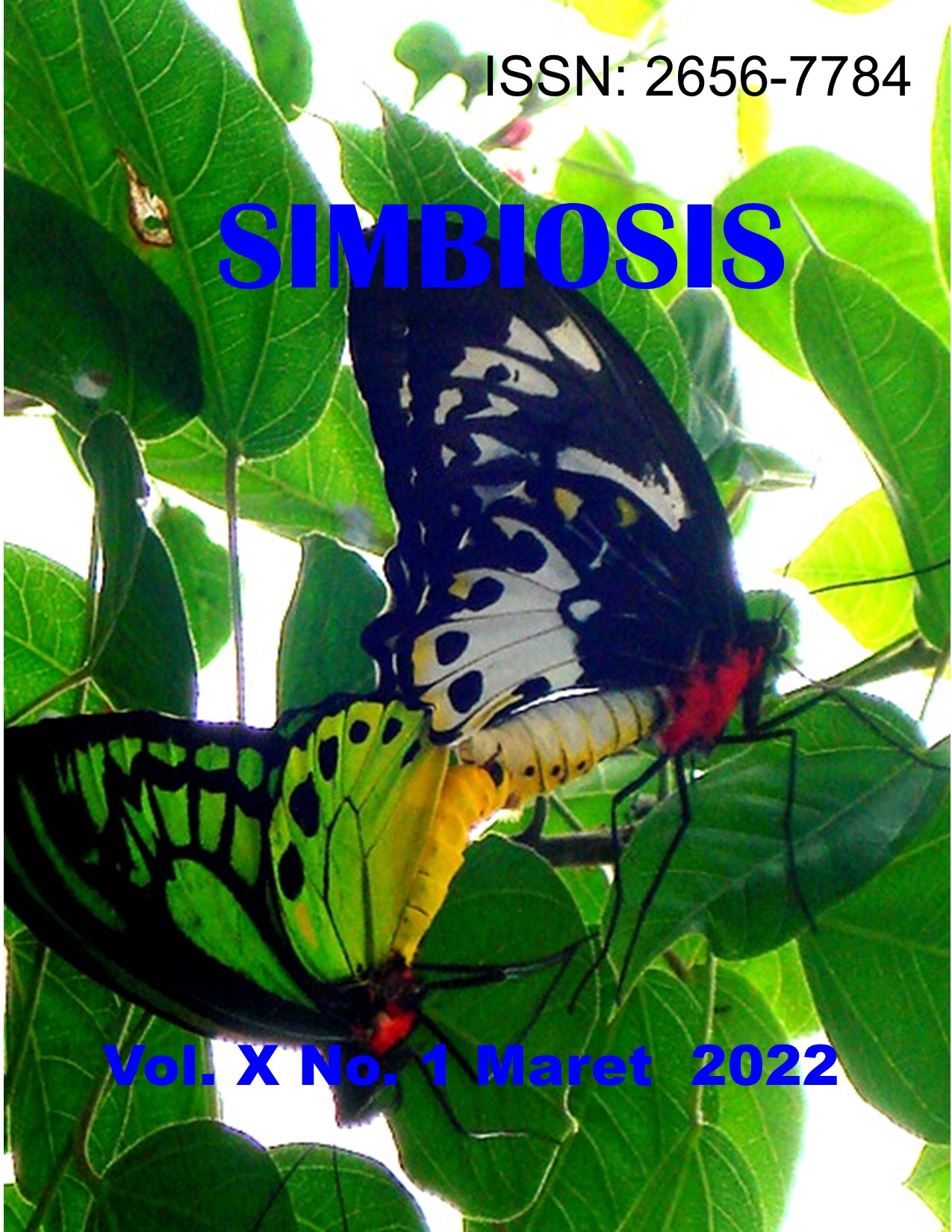EXTRACTION OF DNA FROM TOOTHBRUSHES BASED ON PERIOD OF USAGE AND STORAGE TIME AFTER USED
Abstract
In recent years in Indonesia there have been frequent disasters, including natural disasters, non-natural disasters, and social disasters that have resulted in many casualties. The identification process of victims who have experienced natural disasters, non-natural disasters, and social disasters often uses DNA. The primary identification method commonly used in DVI is DNA. Disaster Victim Identification (DVI) is a procedure for identifying victims who died from a mass disaster that can be scientifically accounted for and refers to the Interpol standard. Sources of DNA data consist of primary and secondary data sources. Toothbrush is a secondary source of DNA data. Toothbrush is commonly used as a source of comparative DNA samples selected in cases of identification of dead victims without a family as a comparison. In this study, it was shown that the time of use and the part of the toothbrush had no significant effect (P> 0.01) on the amount of DNA. The results of the quality test using gel electrophoresis were only 7 samples, namely 2b, 3a, 10a, 10b, 11a, 11b, 12b which showed that there was a thin band of luminescence and DNA smears. PCR-RAPD test was performed to test the extracted DNA could be amplified. PCR-RAPD results from 12 DNA samples, 7 samples were successfully amplified, indicating that the DNA extracted from a toothbrush could be amplified.
Downloads

This work is licensed under a Creative Commons Attribution 4.0 International License.










